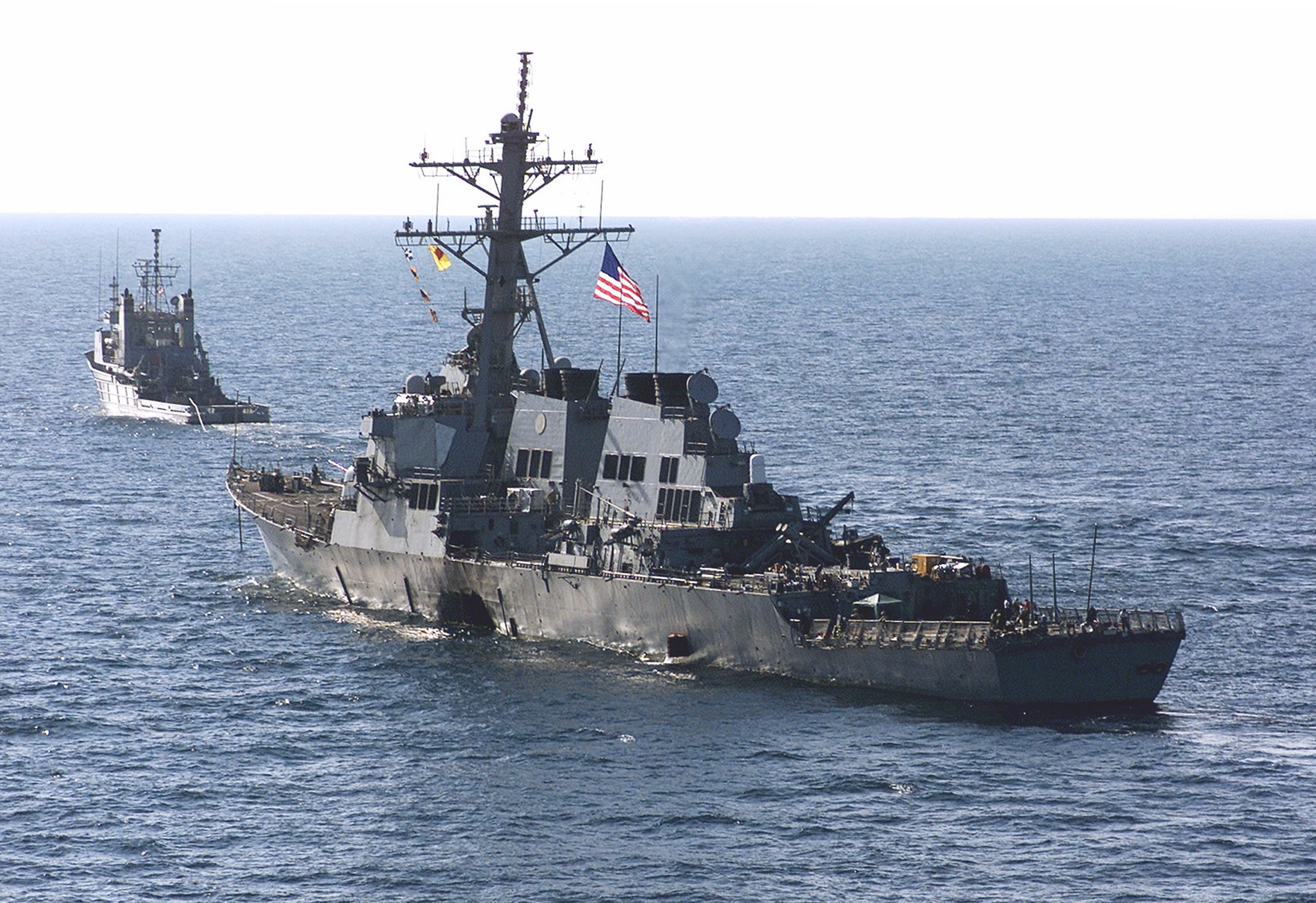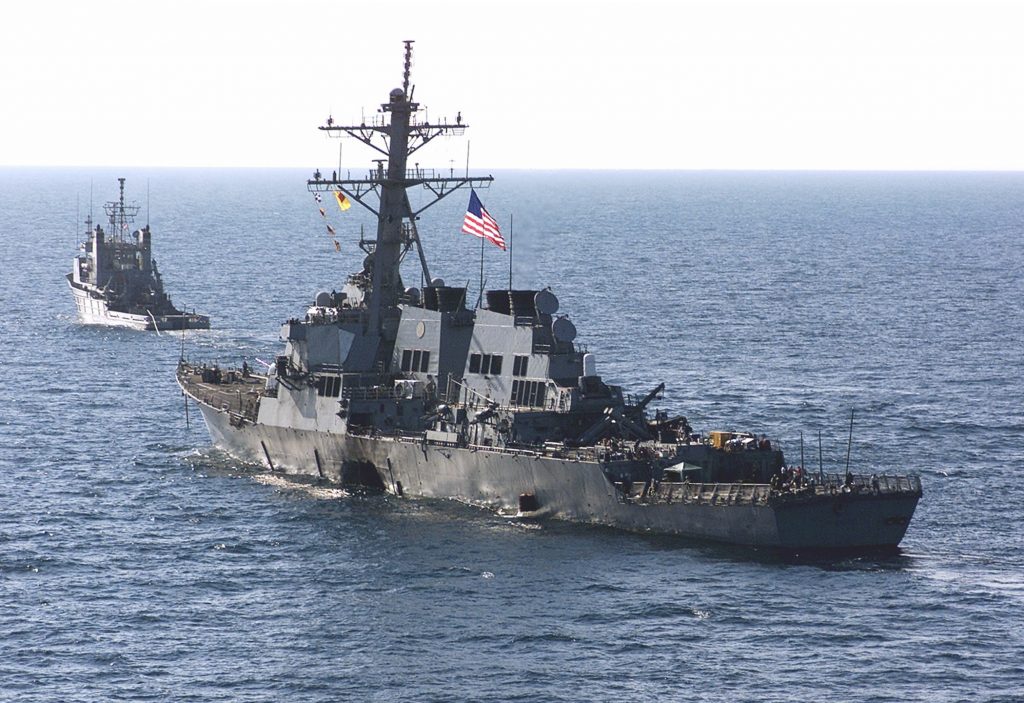Sourced : Commentary Magazine
By Michael Rubin
On July 16, 2015, a fishing boat off al-Arish on Egypt’s Sinai Peninsula radioed a distress call. The nearest ship, an Egyptian navy frigate responded. As it approached, terrorists launched antiship missiles crippling the Egyptian vessel. The Islamic State (ISIS, ISIL, Daesh) claimed responsibility for the ambush.
The episode was big news in Cairo, but it was largely ignored in Washington. After all, from the Pentagon’s perspective, the fight against the Islamic State was focused first and foremost in Iraq and Syria. There was also some limited attention on the growing Islamic State challenge in Libya and Egypt.
That the focus, however, was overwhelmingly about land made sense. The core Islamic State entity centered on Mosul and Raqqa and was landlocked. Ditto the Islamic State foothold in Afghanistan. And as for Libya and the Sinai? Any outlet to the sea the Islamic State had was small and insecure.
Still, the Mediterranean ambush raises a question that cannot be ignored: What is a jihadist maritime strategy? Al-Qaeda terrorists attacked the USS Cole off the coast of Aden in 2000, but that episode has been overshadowed by the subsequent U.S. experience with al-Qaeda—airplane hijackings and the 9/11 attacks, as well as the war in Afghanistan. Still, the Arabs and the Islamic world more broadly have a long and rich maritime legacy, one which the symbolism-rich Islamic State can find inspiration.
Image Sourced : U.S Marine Corps
Read more at : https://www.commentarymagazine.com/terrorism/jihadis-at-sea-isis/


